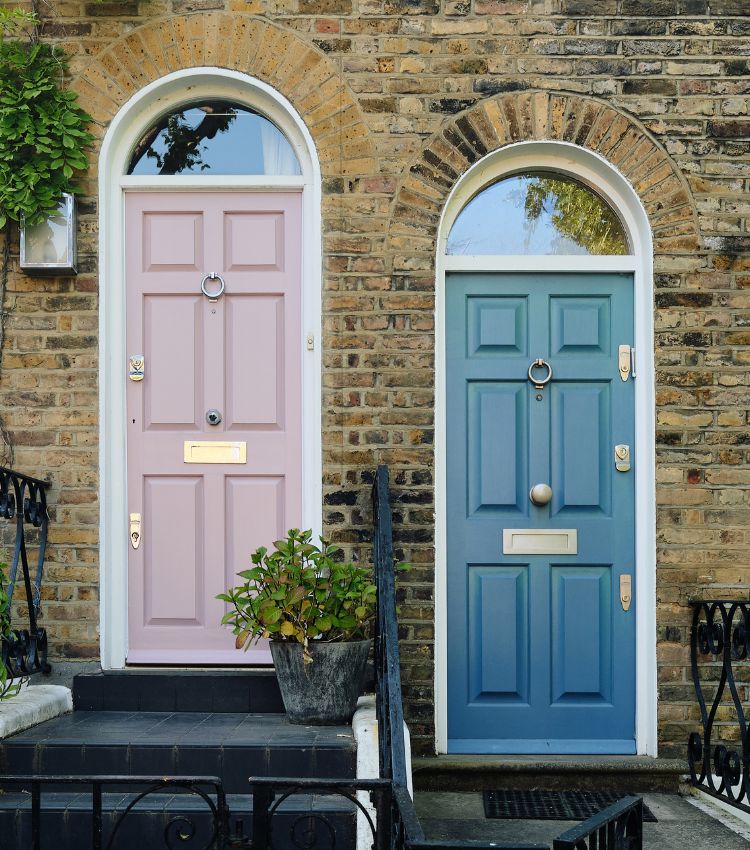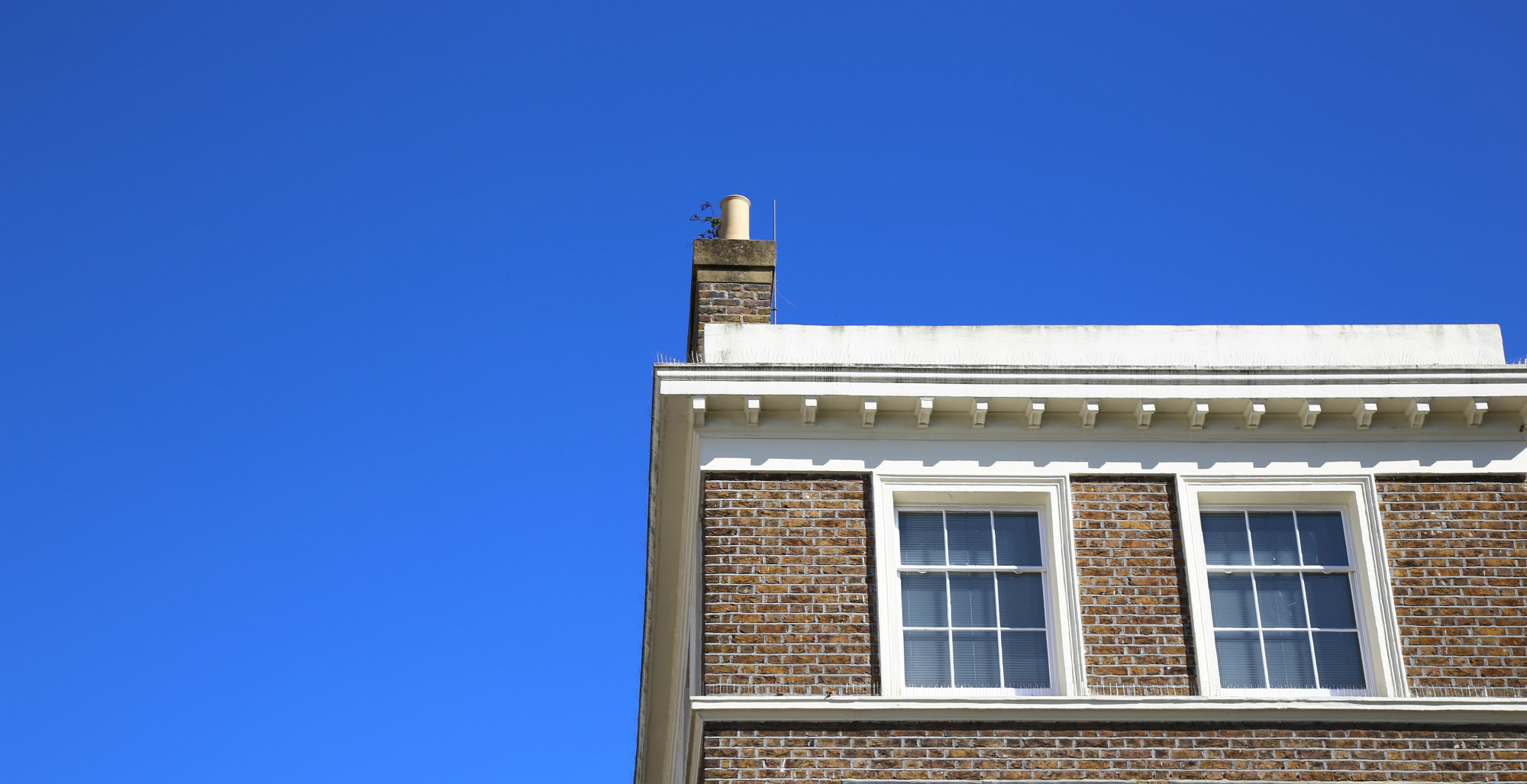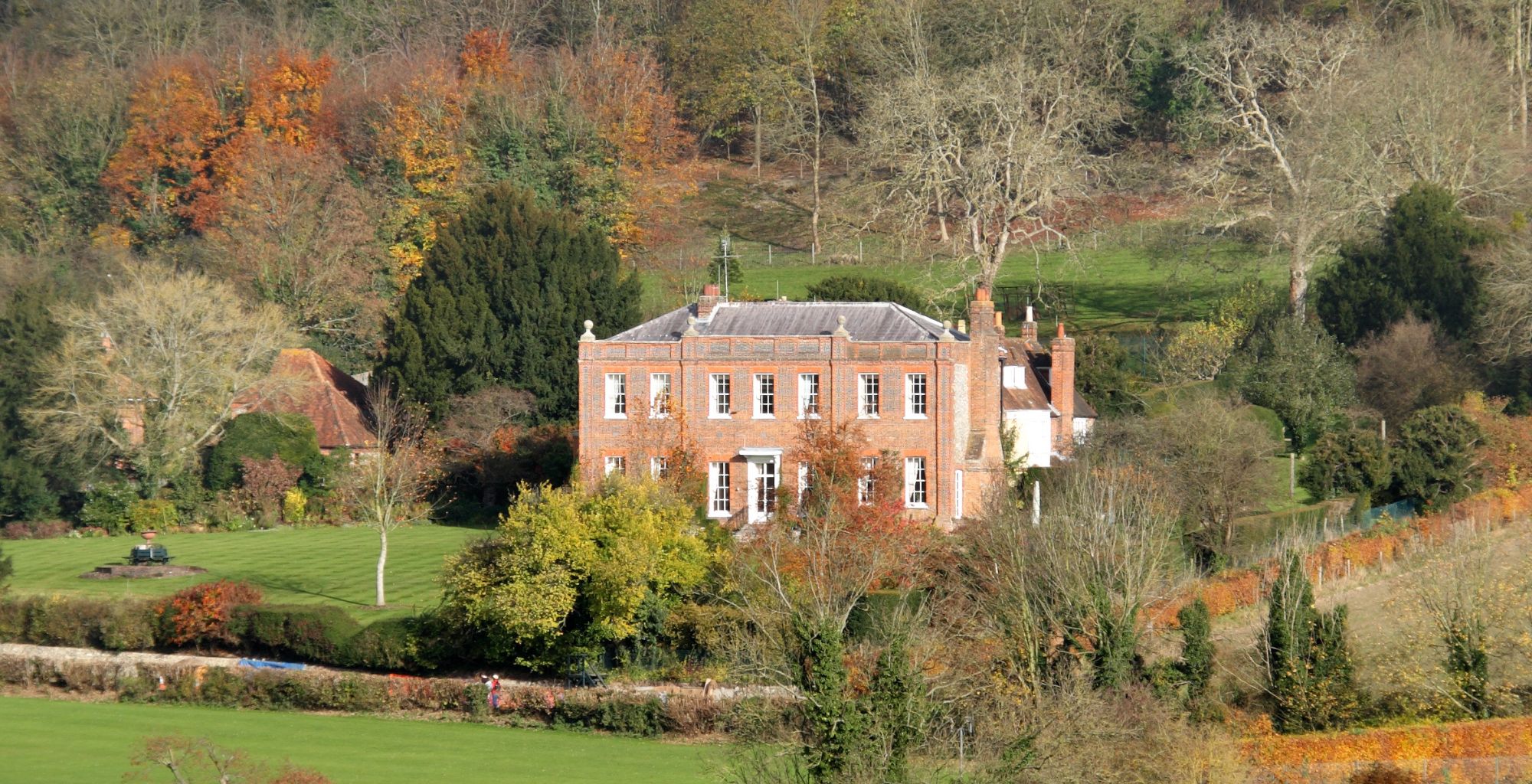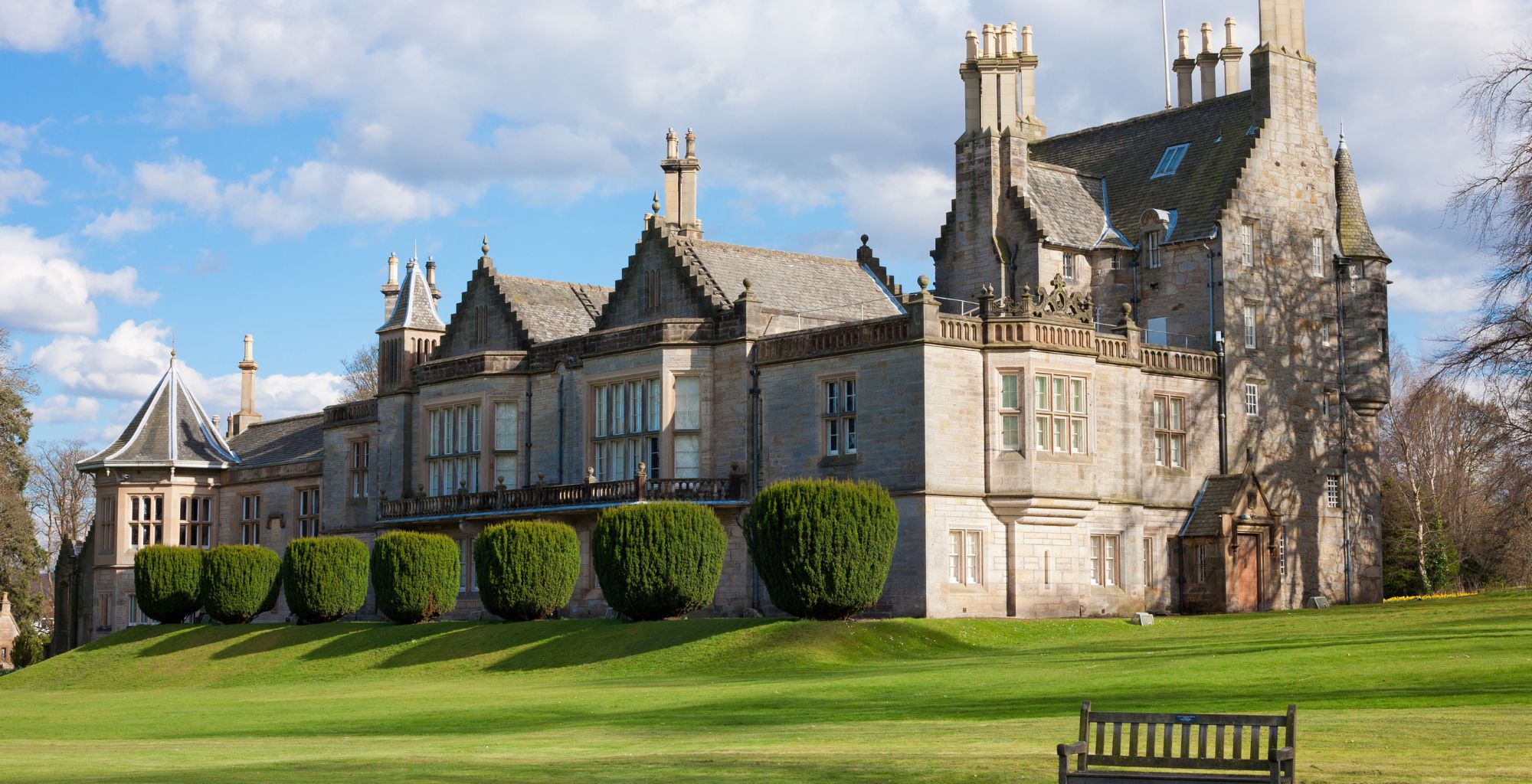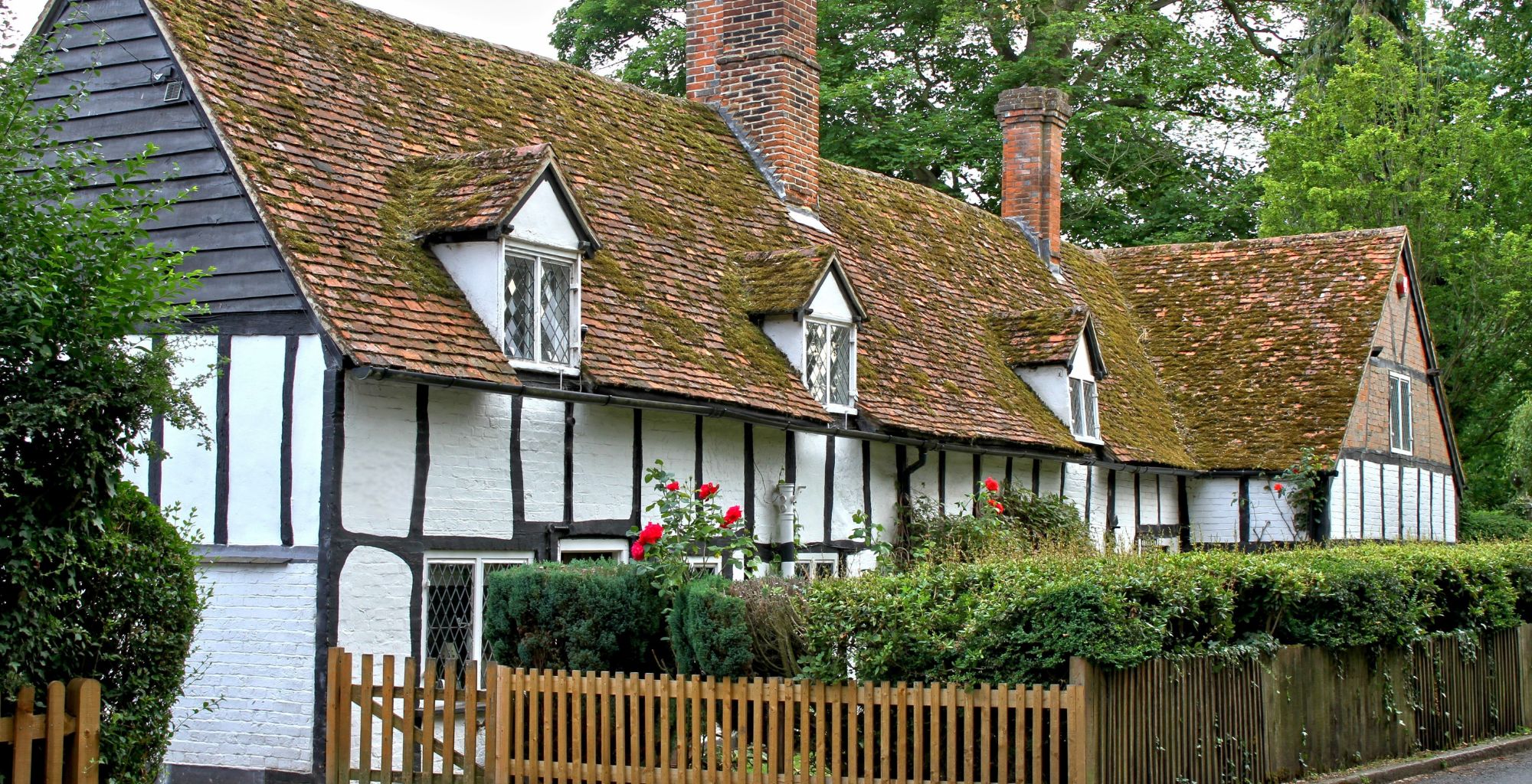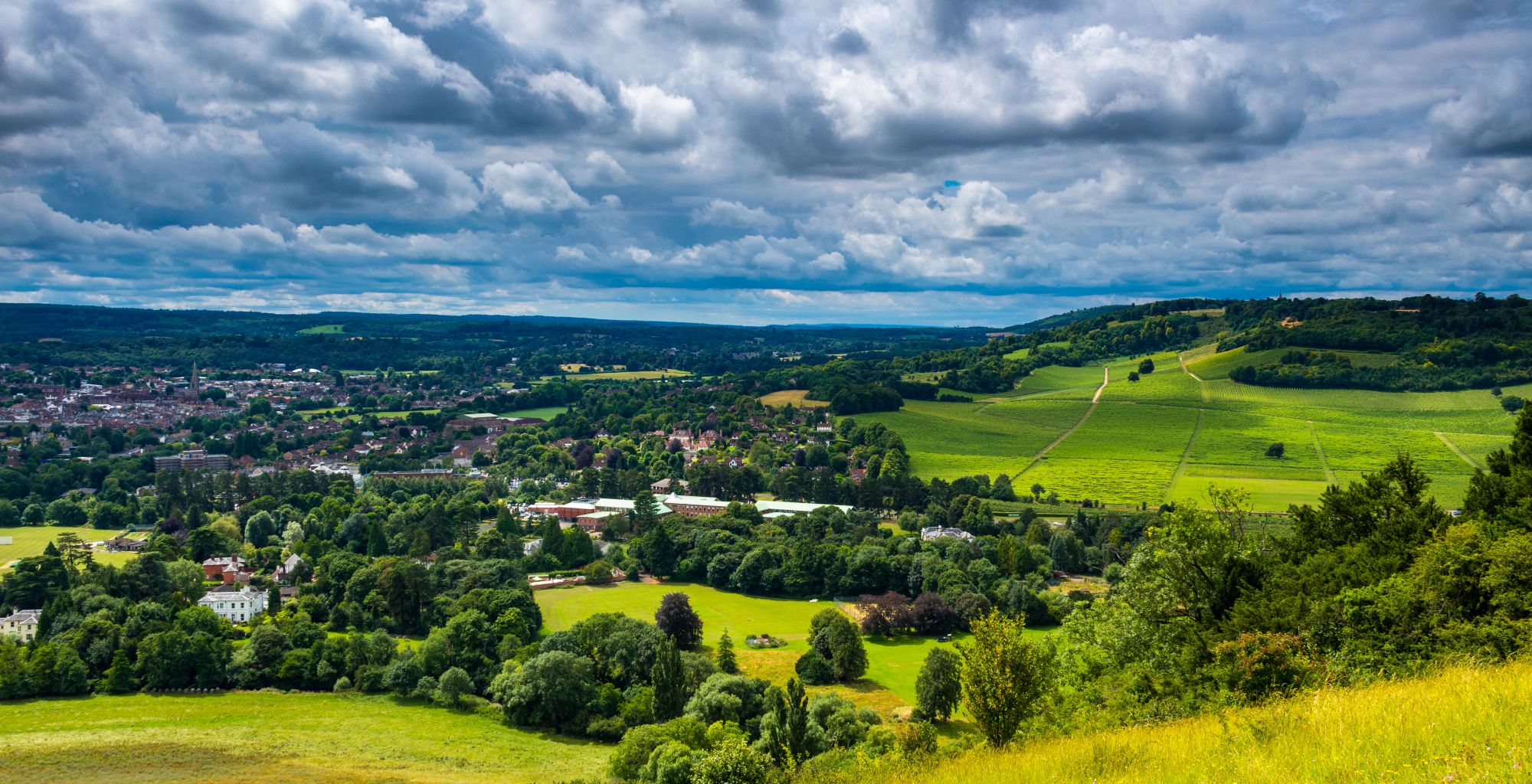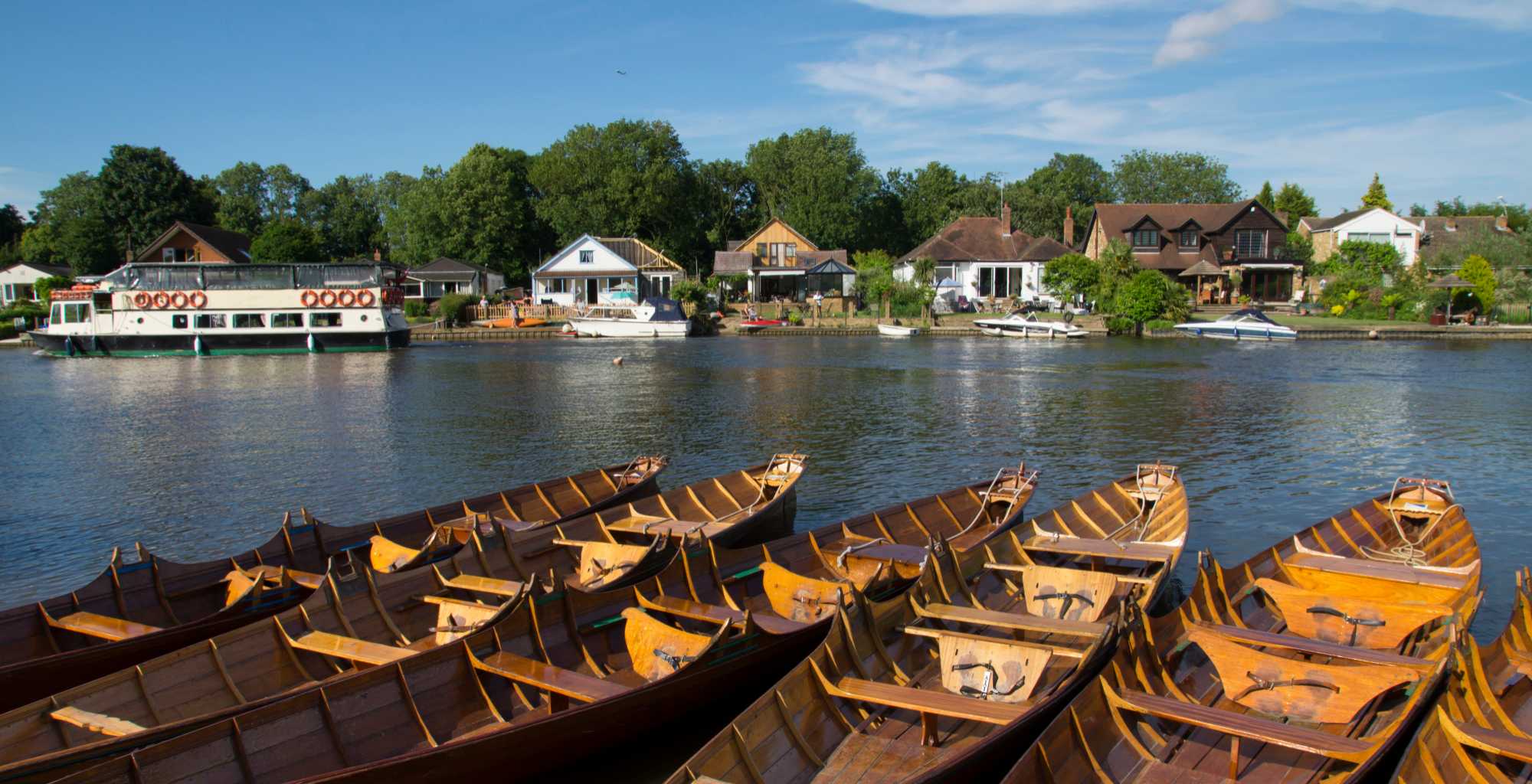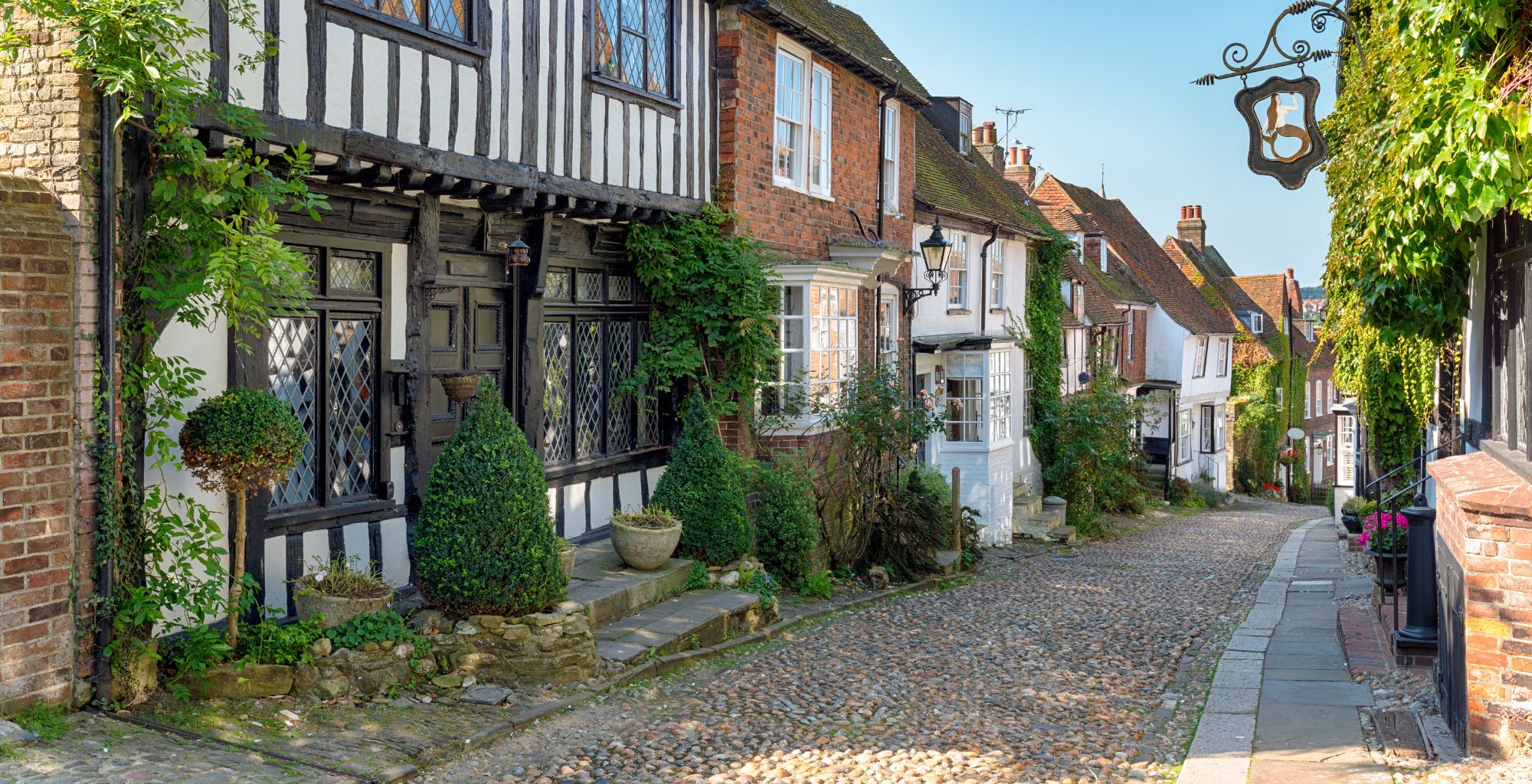As one of the most popular home counties, with so many locations that offer more than simply an easy...

Buying a Victorian property: What you need to know
Are you considering buying a Victorian property?
There is a certain charm to a period fireplace, an ornate mantelpiece or decorative cornices.
You’ll find this period allure in spades in Victorian homes. But amidst the enchanting aesthetics, there are practical aspects to mull over before buying one. Are you ready for possibly pricey renovations, or to tackle the energy efficiency side of things?
If you’re thinking of buying a Victorian property and want to learn more about these types of homes this article will provide useful insight and top considerations.
What age is a Victorian house?
The Victorian era spanned from 1830 to 1901, aligning with the reign of Queen Victoria. For that reason, many properties constructed during this period are categorised as Victorian homes.
This, however, is slightly complicated by the crossover with the Georgian and Regency eras. As a result, numerous homes in these styles were constructed alongside what is today regarded as a quintessential Victorian home.
As Queen Victoria’s reign approached its later stages, homes tended to be more modest in size, with the population surge necessitating increased housing – especially for the burgeoning working classes.
The substantial wealth influx in Britain, courtesy of the Industrial Revolution, meant that early Victorian houses were often the most lavish of the period and maintained their allure some 200-plus years later.
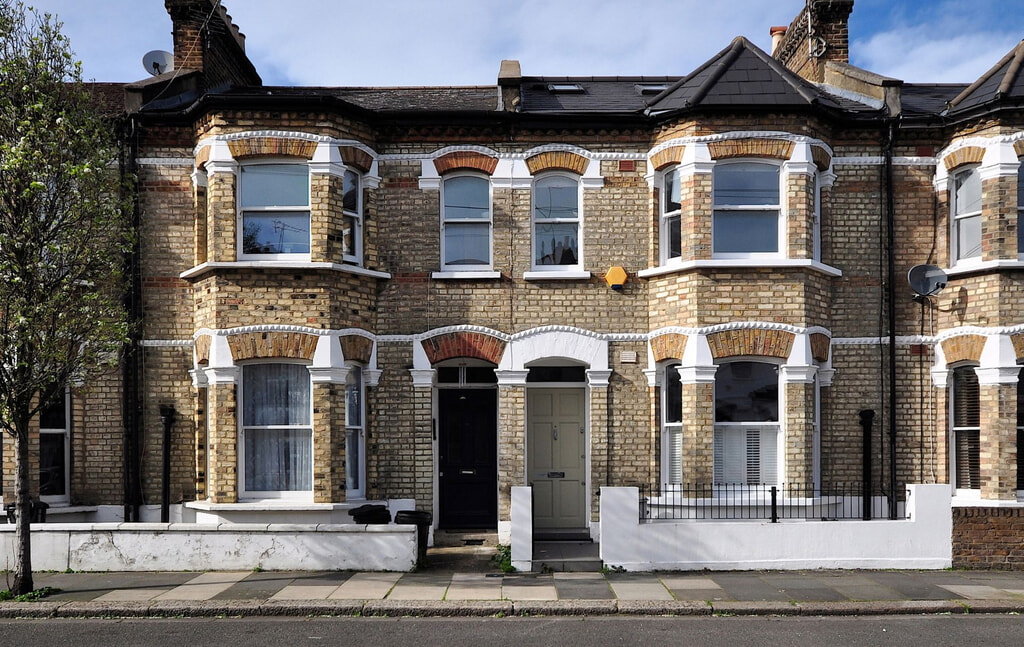
Different types of Victorian homes
There are a variety of Victorian property styles. Let’s take a look at the most common styles of Victorian houses you’ll find.
Queen Anne
The most prevalent among Victorian designs, these homes flaunt heavy ornamentation, porches with gables, and circular towers. Large windows, both functional and decorative, are also a hallmark of this style.
Gothic revival
Drawing inspiration from mediaeval churches and castles, this style gained popularity following the design of the Houses of Parliament. Key features include steeply pitched roofs, pointed arches, and front-facing gables.
Italianate
Taking cues from Italian villas, these homes, usually two-storied, stand in contrast to other Victorian styles. They’re marked by low roofs and wide eaves, often accompanied by a large front porch, Corinthian columns, and arched windows.
Key features to look for when buying a Victorian property
Victorian architecture is quite distinctive, though it varies across the early, middle and latter parts of the era. There’s a definite gothic style to these homes, and many are tall and narrow. Once upon a time, they had designated spaces for servants. This, however, declined in the late 1800s and early 1900s.
When considering buying a Victorian property, keep an eye out for:
- Bay windows and stained glass features
- A sharp, peaked roof
- Porches crafted from red brick
- A ‘narrow’ layout – typically only as wide as a single room with a slender hallway
- Wooden flooring
- Patterned tiles in hallways and along walkways
- Gothic-style fireplaces in each room
The most reliable way to ascertain whether a property hails from the Victorian era is to delve into its history. Begin at your local library, where you might find county and parish records of homes constructed in your vicinity.
Your local council might also have planning permission records accessible, and local history societies often possess a wealth of knowledge regarding properties in the area. It’s even worth engaging with your neighbours, as some of them may have conducted similar research when purchasing their homes.
Are Victorian homes more expensive than other property types?
Victorian properties often carry a premium due to their historical charm, architectural uniqueness and sturdy construction. Their distinctive features like high ceilings, ornate mouldings and spacious layouts are highly valued, lending a timeless appeal that modern homes might lack.
Additionally, they’re frequently situated in established, desirable neighbourhoods which further elevates their market value. The average price of a Victorian property varies based on the location, size and type.
Which areas of the UK have Victorian properties?
Victorian properties are spread across the UK, although certain areas boast a higher density. Here are prime locations for Victorian homes:
London
London hosts an array of exquisite Victorian properties. Many have been meticulously preserved and renovated, rendering them highly desirable. Noteworthy London neighbourhoods for Victorian homes include Kensington, Chelsea and Hampstead. There are also many Victorian Mansion Blocks in many parts of London.
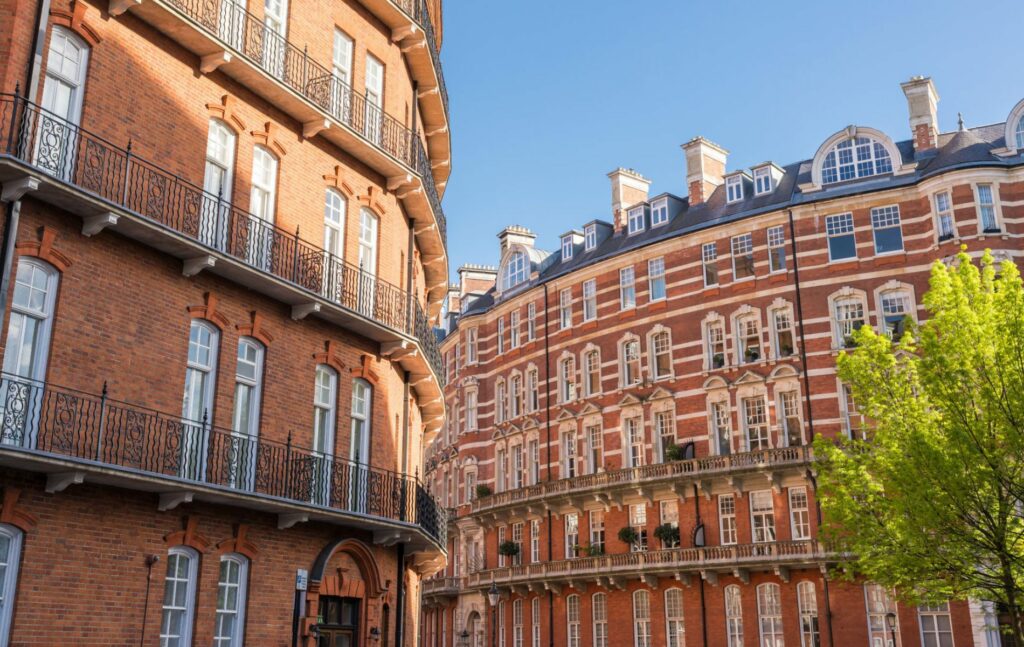
Manchester
Imbued with a rich Victorian architectural heritage, Manchester showcases an array of splendid buildings from this era. Didsbury, Chorlton and Altrincham have emerged as popular areas for buyers eyeing Victorian residences.
Liverpool
Liverpool, too, is rich in Victorian architectural treasures. Particularly, the city’s Georgian Quarter houses magnificent examples, with expansive townhouses and grand villas adorning the avenues.
Edinburgh
Renowned for its breathtaking Georgian and Victorian homes, Edinburgh continues to captivate with its well-preserved homes from these periods. Victorian home enthusiasts will find Morningside, Bruntsfield and Marchmont particularly appealing.
Bristol
Bristol houses a collection of remarkable Victorian properties, especially within the Clifton and Redland neighbourhoods. Many of these homes have been elegantly restored, offering a harmonious fusion of period charm and contemporary conveniences.
What are the drawbacks of buying a Victorian property?
There are some drawbacks to buying a Victorian home, such as maintenance. Repairs can be costly due to older materials and construction techniques which may not conform to modern standards.
Energy efficiency can sometimes be a challenge when buying a Victorian property, with old windows and insulation issues potentially resulting in higher heating costs. Then there’s the layout, which may not suit modern living with smaller rooms and fewer open spaces, requiring potentially costly remodelling.
It’s not uncommon for some of these properties to lack sufficient parking or modern amenities. Obtaining planning permission for alterations can be challenging given the historical significance, which could hinder personalisation or expansion efforts.
Should I buy a Victorian property?
Whether or not you should buy a Victorian property ultimately comes down to your personal taste and budget.
It’s believed that over a quarter of the British population live in Victorian homes; the allure of these homes is obvious, from historical charm to distinctive architectural features.
A Victorian property can be a smart investment as long as you consider potential challenges, such as potential maintenance costs and energy inefficiency. That’s not to say all Victorian homes will have these issues, but it’s something to take into consideration.
Buying a Victorian property
Embracing and modernising these timeless properties could lead to a rewarding investment in a piece of Britain’s architectural heritage.
If you’re considering buying a Victorian property and would like to talk to a professional property finder about your search, please do get in touch for a no-obligation discussion.
